The following are beauty posts inspired from my visit to Vienna, Austria:
*Beauty products that have been around 100+ years
17 BEAUTY PRODUCTS THAT HAVE BEEN AROUND FOR MORE THAN 100 YEARS!
Did you know that Listerine made cigarettes to counter bad breath? That Nivea’s distinctive blue color is protected worldwide? That Shiseido also makes ice cream? That Vaseline was used for baking? That Ponds cream was called “cold” because it was the world’s first moisturizer that did not require refrigeration? That Yardley is not only the oldest registered beauty brand in the world but also sponsored the British Racing Motors team in the Formula 1 Grand Prix? That each of these beauty brands are almost older than time?
Do you know why some brands stick around for a few centuries? Because they are already so perfect that nobody felt the need to tinker with their formula at all. And they still continue to sell… with competence, efficacy and well proven results.
These then, right here, are the world’s oldest beauty products. And don’t be fooled by appearances… they may have donned new robes on the outside but inside are the same classic formulas that have been around for a century or more!
Each one is a cult formula that everyone should try at least once.
Santa Maria Novella Acqua della Regina, 1533
Literally the world’s oldest continuously existing pharmacy, Officina Profumo-Farmaceutica di Santa Maria Novella is now well into its eighth century.
Yes, eighth century.
Like. 800. Years.
The Florentine institution was constituted by Dominican friars in the early 1200s to make medications, balms and pomades from herbs grown in the monastery’s gardens.
Acqua della Regina, the signature scent created in 1533 for Catherine de’ Medici’s marriage to Henry II, the king of France, remains one of their best selling products till date. Other ancient notables that go back centuries include Acqua di Rose (rosewater), Alkermes liqueur and Elisir di China (post-dinner digestif).
Most of the flowers and herbs are still sourced from the monastic garden. And you can still browse the shelves of the old pharmacy in Florence, which is one of the most gorgeous beauty boutiques in the world.
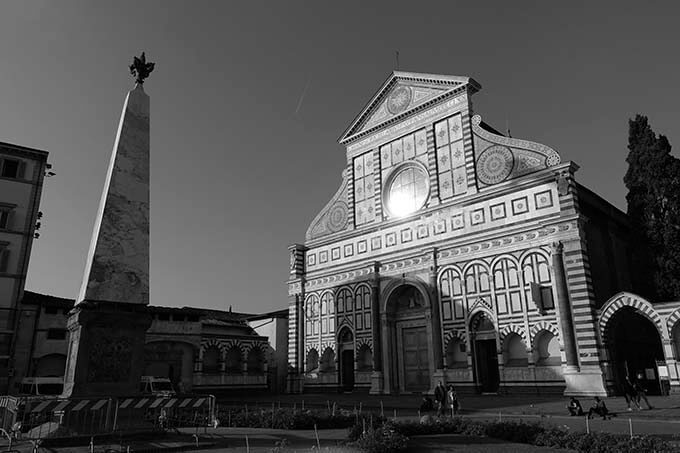 Farina Eau de Cologne, 1709
Farina Eau de Cologne, 1709
Farina didn’t just invent a single fragrance, it invented an entire category. It was the Italian born and bred Giovanni Maria Farina who first created Eau de Cologne, as an attempt to recapture the sensory soul of his hometown while living in Germany. His exact words, in a letter to his brother: “I have found a fragrance that reminds me of an Italian spring morning, of mountain daffodils and orange blossoms after the rain.”
The fragrance was composed with the essential oils of lemon, bergamot, tangerine, orange, neroli and grapefruit married with dashes of tobacco, petit grain, lavender, jasmine, thyme and rosemary.
It immediately caught the fancy of a populace that was desperately trying to subdue the not-so-pleasant aroma of unwashed bodies and wanted something crisp and fresh, rather than the heavy, musky fragrances of the time.
Farina named the composition after Cologne, the city of his residence, and was soon supplying to every royal family across the world. And it was worth a pretty penny: One vial cost the equivalent of half the year’s wage of a civil servant!
Pond’s Cold Cream goes back to 1907 but as if that’s not old enough, it’s origins date back even further – to 1846, when pharmacist Theron T. Pond extracted a healing tea from witch hazel that was perfect for healing small cuts, rashes, minor burns and other skin ailments.
This ‘Pond’s Extract’ became the origin for what we, our mothers, grandmothers, great grandmothers and great, great grandmothers came to know as Ponds Cold Cream, used for everything from moisturizing to removing makeup.
Why “cold”? Because this was the world’s first moisturizer that did not require refrigeration.
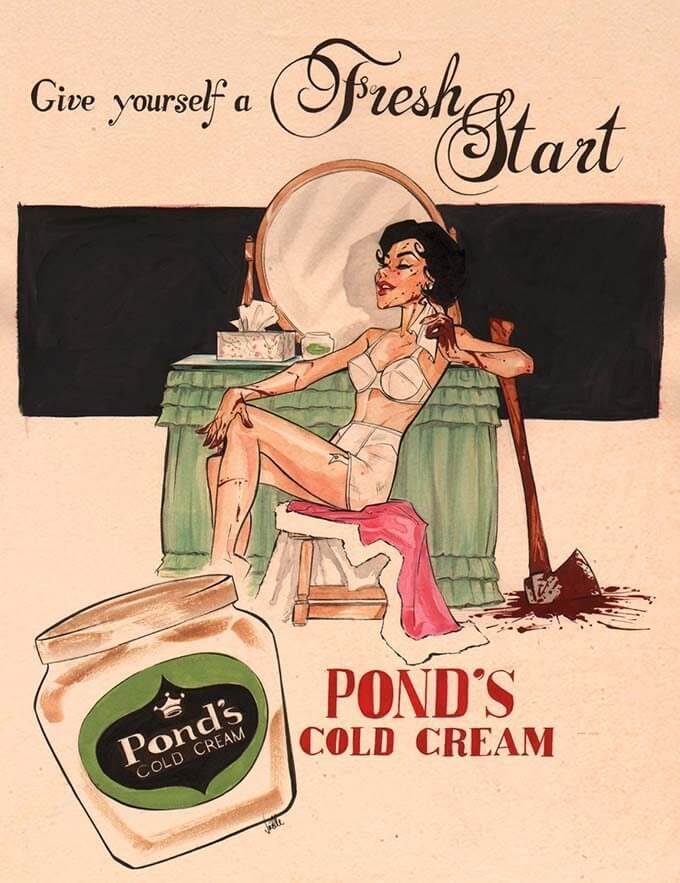 Labello Lip Salve, 1909
Labello Lip Salve, 1909
The precursor to Nivea Lip Care, Labello introduced the slider mechanism to the world of lip balms in 1911. Till then, lip care products were sold as a wedge wrapped up in a bit of paper, to be applied by hands. Later, in 1963, the brand evolved this into today’s twist mechanism. The brand is owned by German Beiserdorf and its name is a combination of labium (lips) and bellus (beautiful).
Nivea Crème, 1911
It all started with a butter churner. The butter churner that German pharmacist Dr. Oscar Troplowitz and dermatologist Prof. Paul Gerson Unna used to combine water and oil with Eucerit (ancient Greek word for ‘beautiful wax’), a new emulsifying agent, to create the world’s first stable water-in-oil skin emulsion.
Water-in-oil emulsions are the best way to tackle dry complexions as they moisturize while simultaneously creating a skin barrier.
The word ‘Nivea’ was derived from the Latin nix, nivis, which means ‘snow white’, as an ode to the cream’s pure white color.
And that little blue aluminium pot, which made it’s entry in 1925 (before that Nivea came in a yellow pot), has it’s own ticket to history: Its distinctive blue is one of the very rare color marks protected worldwide.
Noxzema, 1914
The ubiquitous cobalt blue jar, which has been a staple of every family home since the last century, was launched in the same year that Archduke Franz Ferdinand was assassinated, leading to the beginning of the first World War. Invented by Dr. Francis J Townsend in Ocean City, Maryland, this greaseless cold cream, which soothes skin and acts as a mild pain reliever, was originally called Townsend R22 and was prescribed to resort-goers for soothing their sunburn.
Soon, it was being called upon for everything from chapped and irritated skin to remove makeup and deep cleanse, keep wrinkles at bay and treat acne.
It has had a near religious following among generations of devotees and a famous consumer quip that, “It knocked my eczema”, led to the name Noxzema (“no eczema”).
Many women left it on overnight, making it the original sleeping mask.
Acqua di Parma Colonia, 1916
When Italian aristocrat Carlo Magnani commissioned a crisp, fresh and citrusy fragrance from a small perfumery in Parma, little did he know that his legacy would last more than a century. Today, Acqua di Parma Colonia remains unchanged from the original 100-year-old composition. In fact, it is still made by hand in small Italian factories, its signature yellow packaging paying homage to the color that’s graced the facades of Parma’s most elegant buildings since the 18th century.
Bonus fact: That logo? It’s the coat of arms of Marie Louise, Duchess of Parma (1816-1847), who helped develop the perfume and glass industry of Parma.
Shout out to @TheBeautyGypsy for this post!
Shout out to @TheBeautyGypsy for this post!

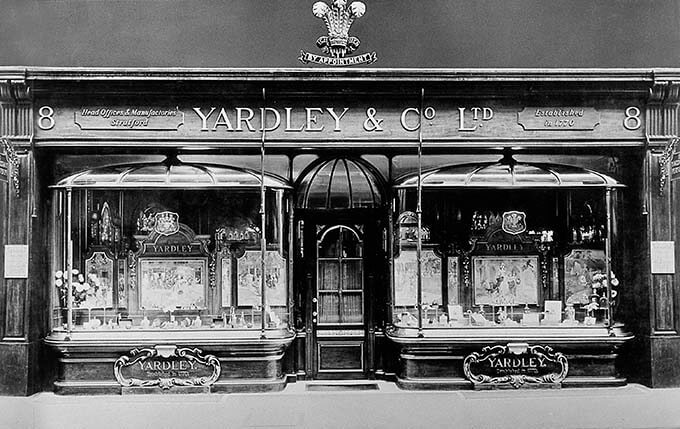
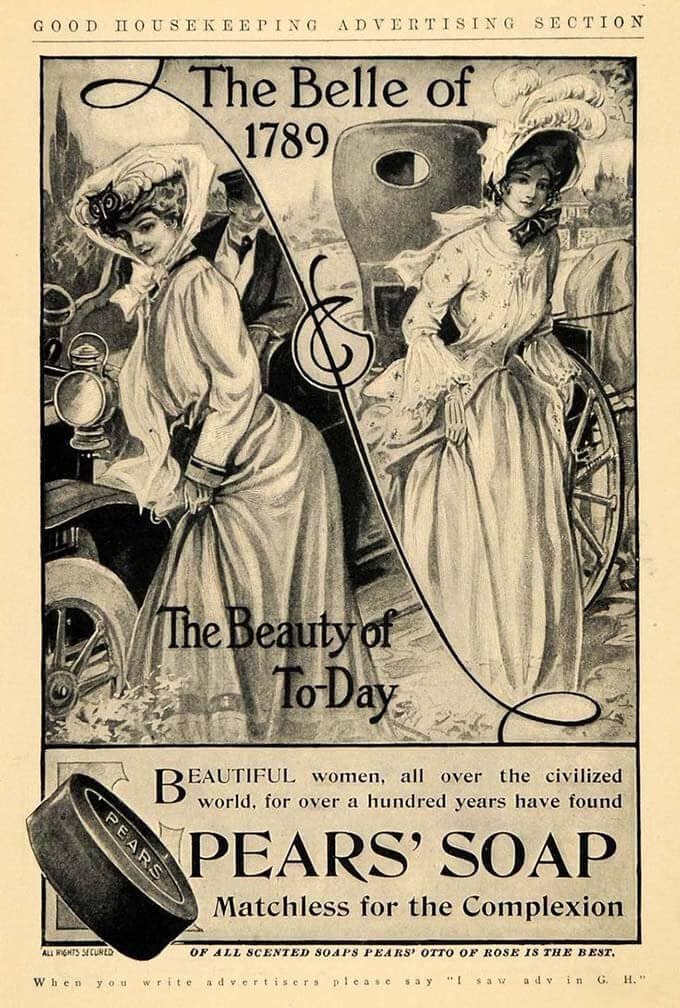
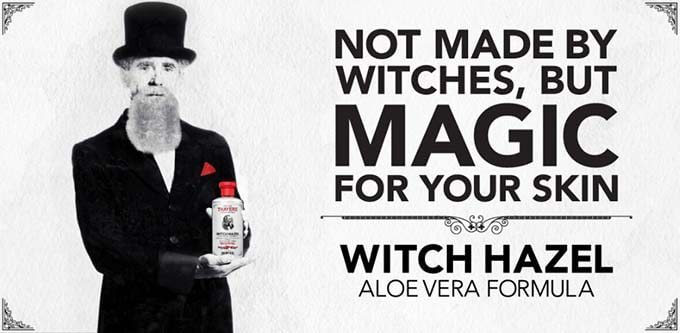
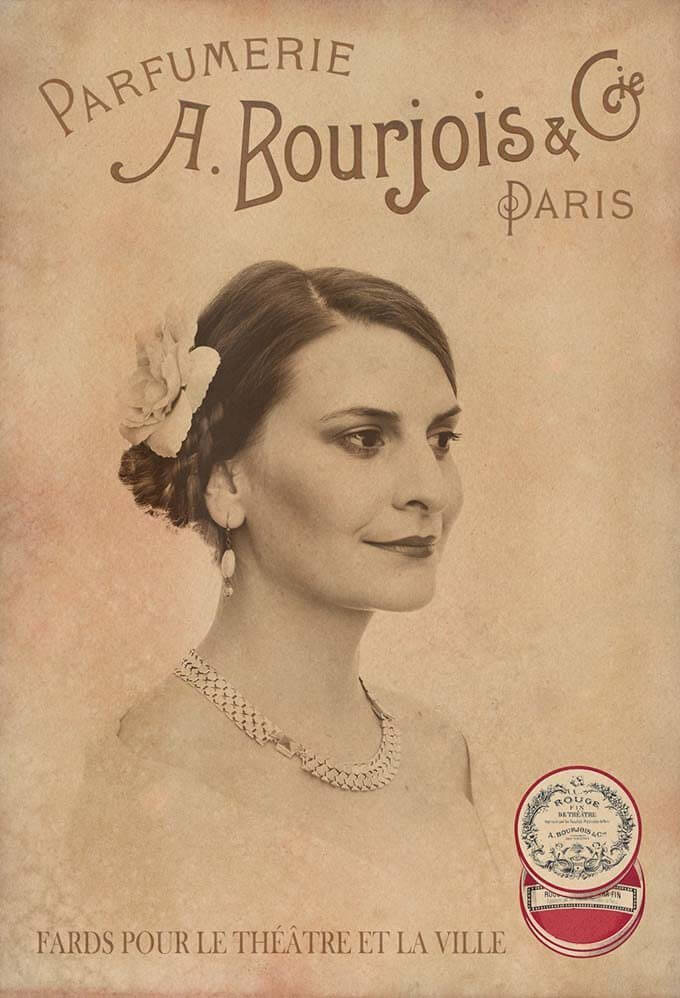
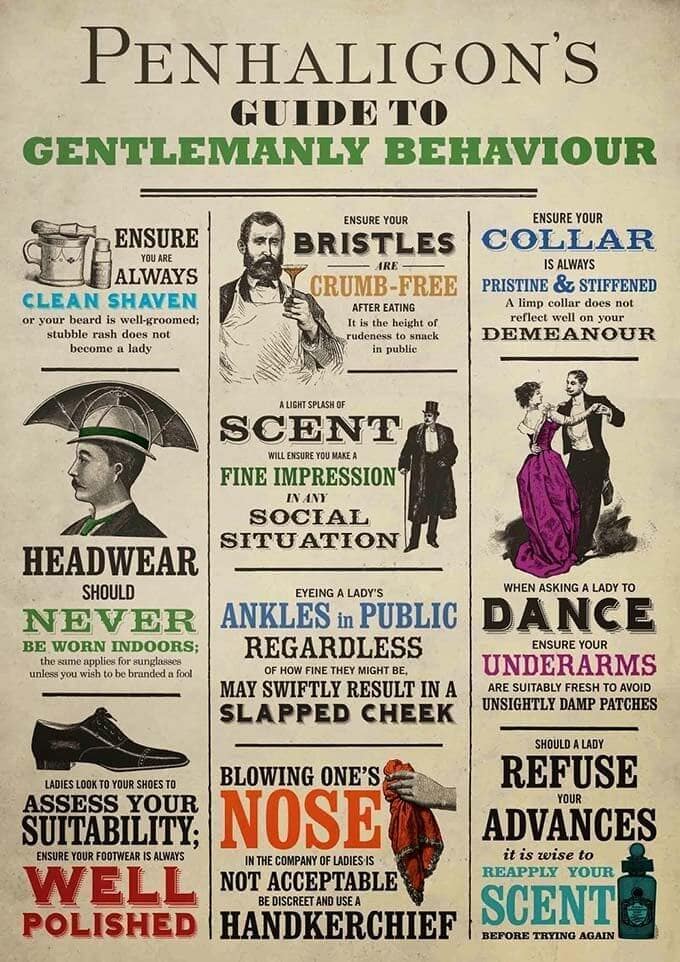
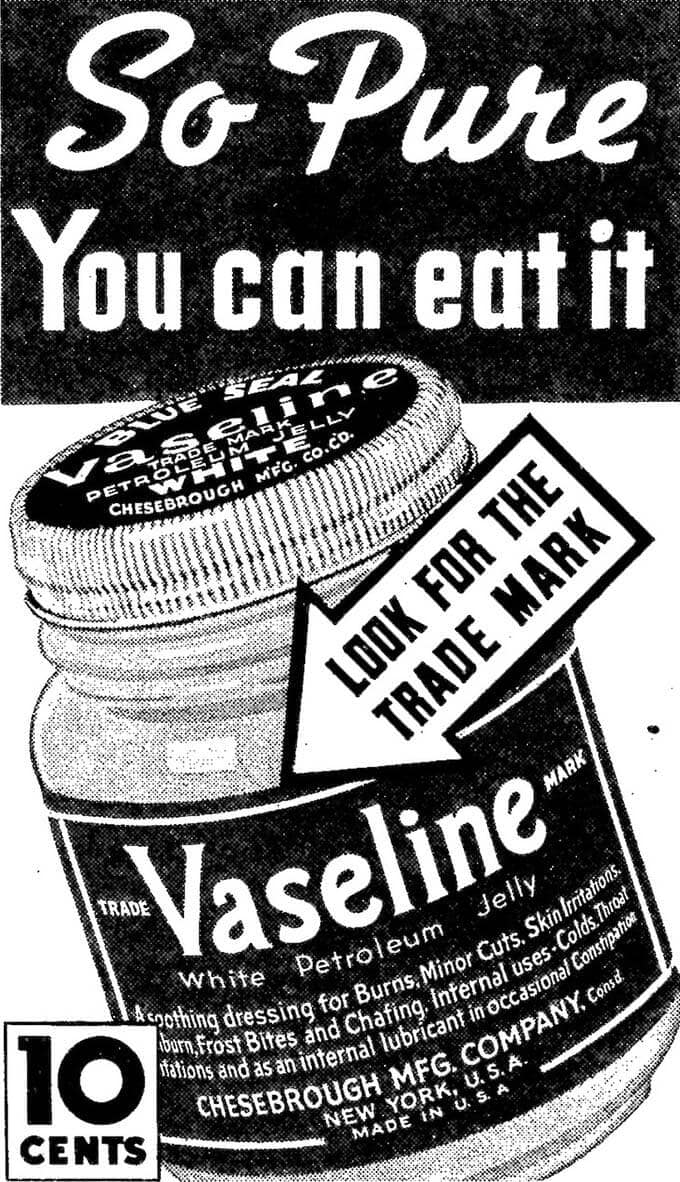
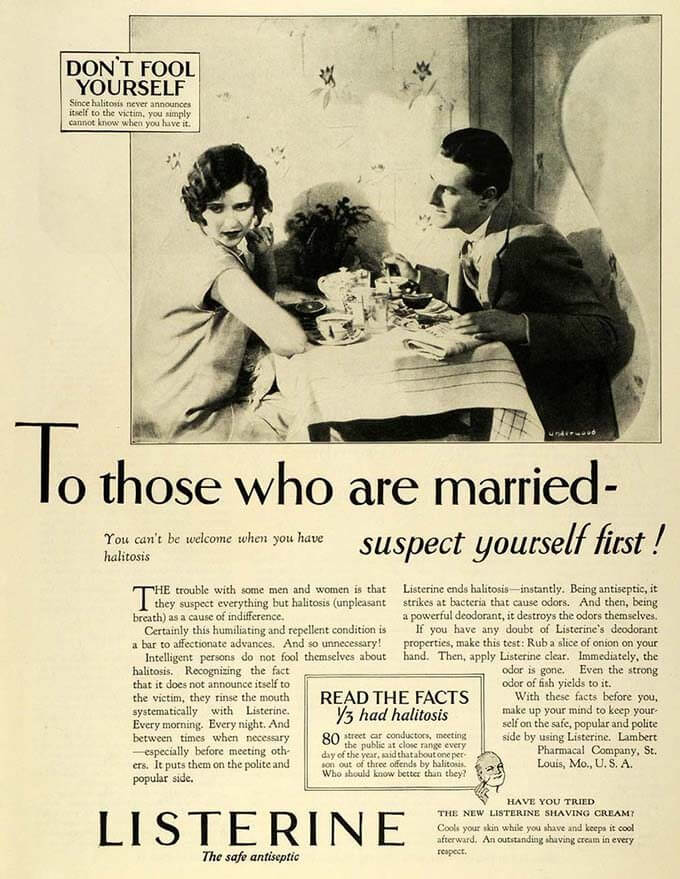
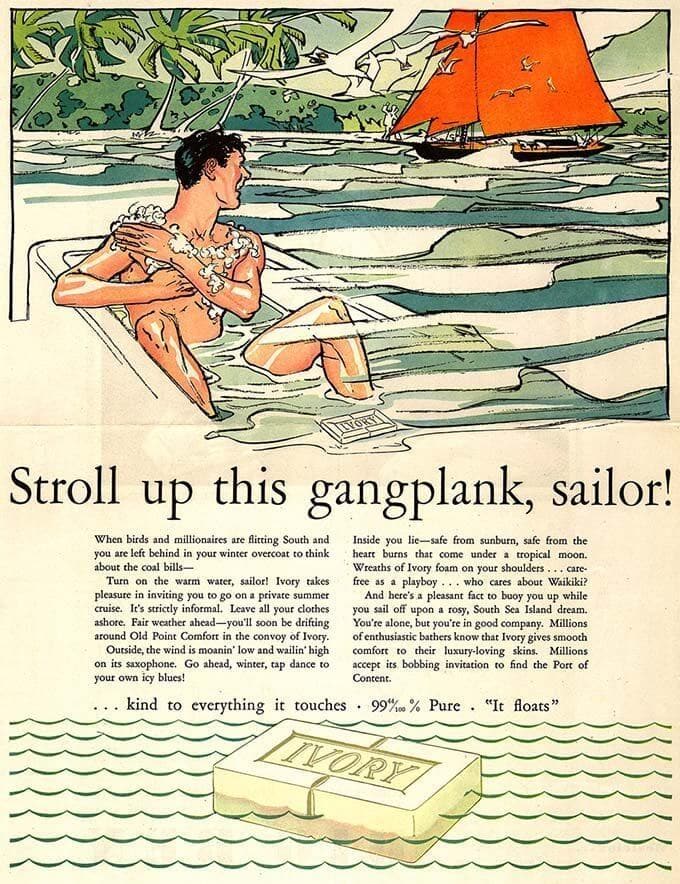
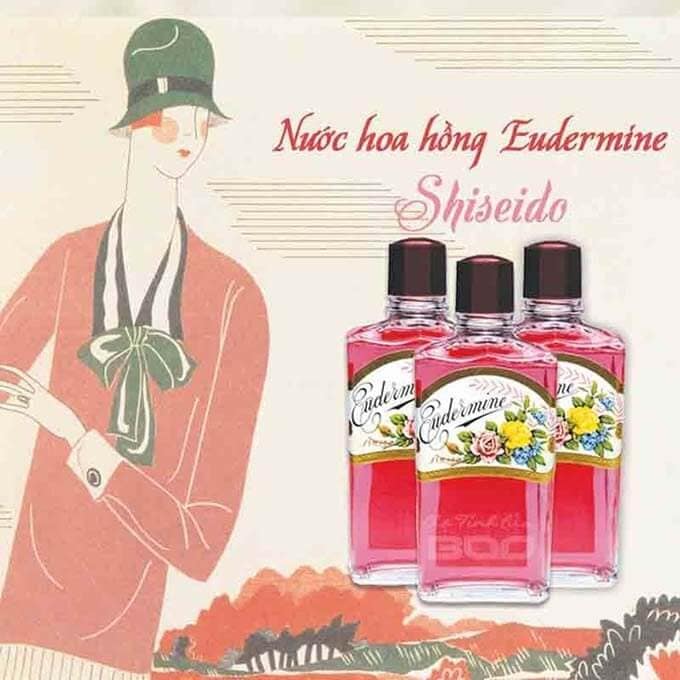
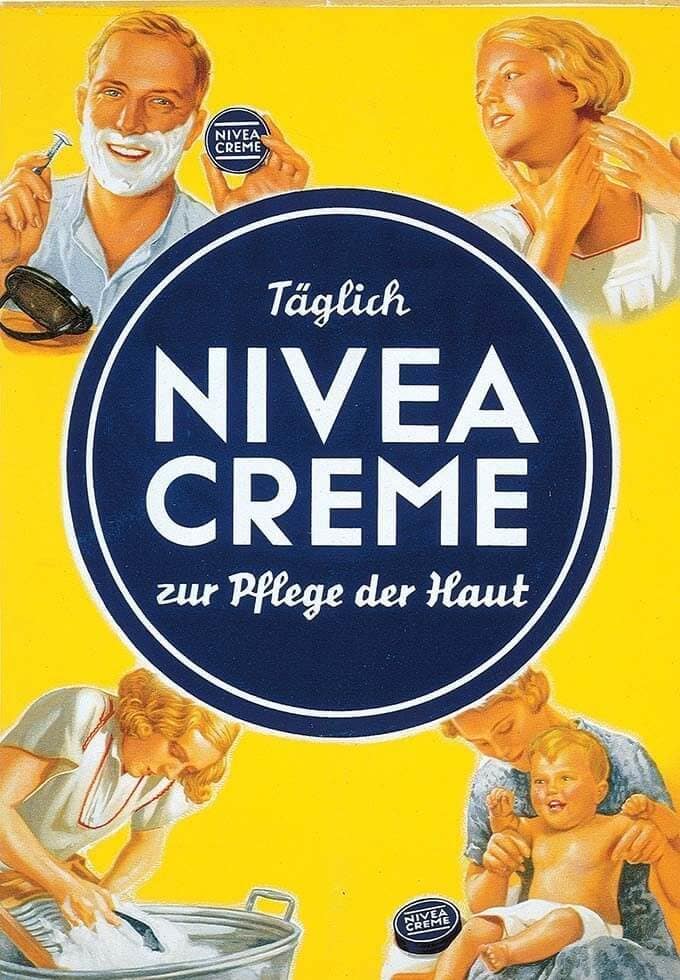
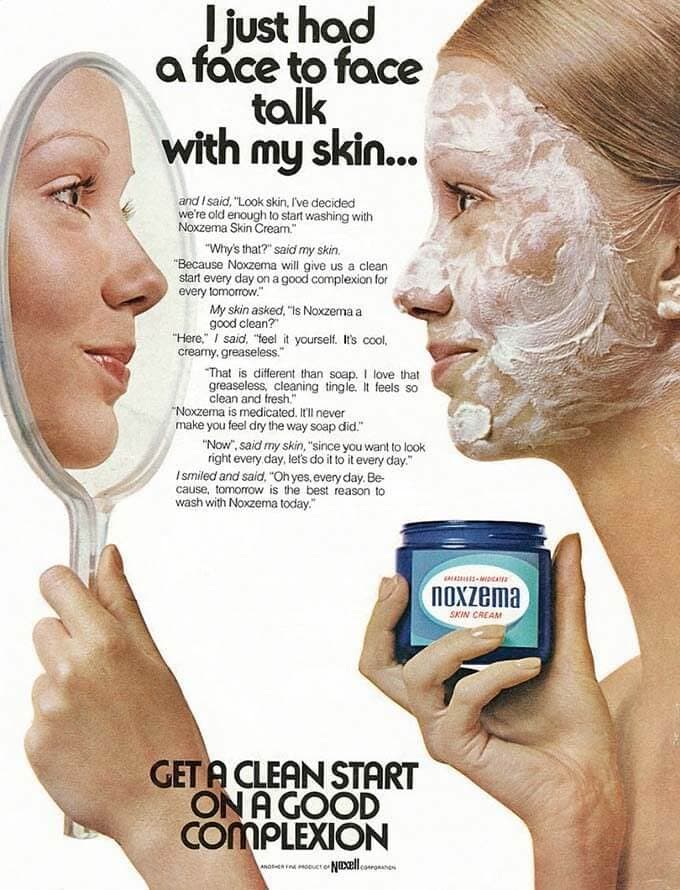
No comments :
Post a Comment